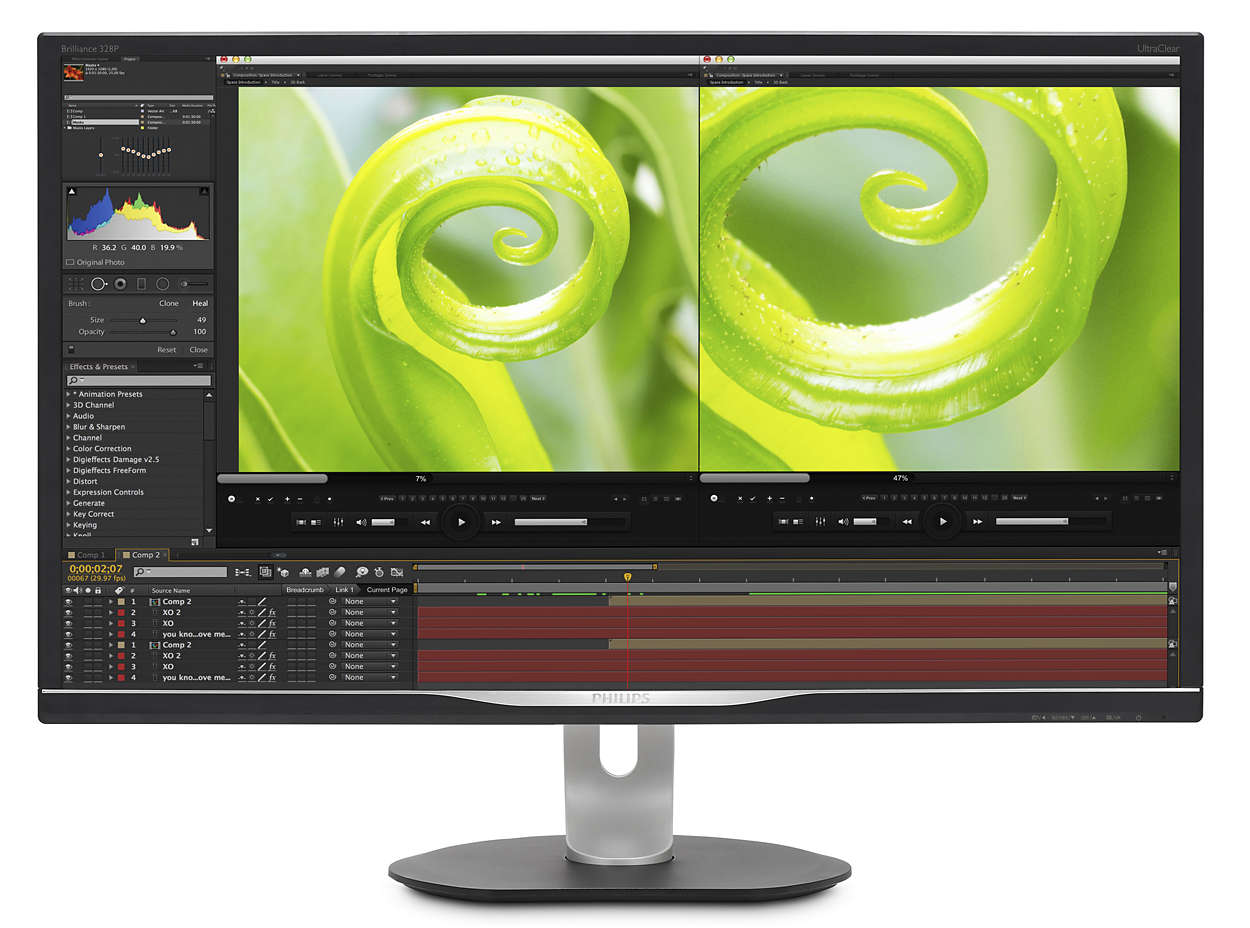


Now, although we’ve got quite some Engines listed above, we only consider the newest version of those. A final, grain-free Image will still take much longer to render than with a true Real-Time Engine, but of course, you get the full feature-set of an offline Engine.

This is achieved by showing a very rough preview very fast and progressively refining this over time. With such Engines, although they are Offline Engines in nature, in viewport preview mode (or often called interactive preview render mode) you have the feeling of a Real-Time Engine. Some GPU Render Engines like Redshift or Octane try to blend both of these worlds, by using progressive refining of the rendered result. Obviously, with such rendertimes, you won’t be able to have a smooth real-time result. Offline Engines can use much more complex features such as Global Illumination or Micro-Displacements, which usually make a Frame render a lot longer than 20ms, usually Minutes or hours.Most Game-Engines are Real-Time Render Engines. Real-Time Engines are supposed to display a smooth experience / frame-result in real-time, so a Frame should finish in below ~20ms for a Framerate of 50FPS.The major difference between a so-called “Offline” Render Engine and a “Real-Time” Render Engine, is the available time you have for a frame to finish. Here’s an overview of the most popular Render Engines & Software Packages and their Hardware compatibility: Render Engine Hardware Compatibility List Some Engines are Real-Time, some are Offline-Engines – Both need very different Hardware to perform the best they can. Some might be able to utilize any GPU from AMD and Nvidia or render in Hybrid Mode or on any type of CPU, but most can’t. This is one of the first things you need to know when planning a new PC for Rendering Workloads: What Render Engine are you – or do you plan on – using?ĭifferent Render Engines support different Hardware. Render Engine Hardware Compatibility List.


 0 kommentar(er)
0 kommentar(er)
